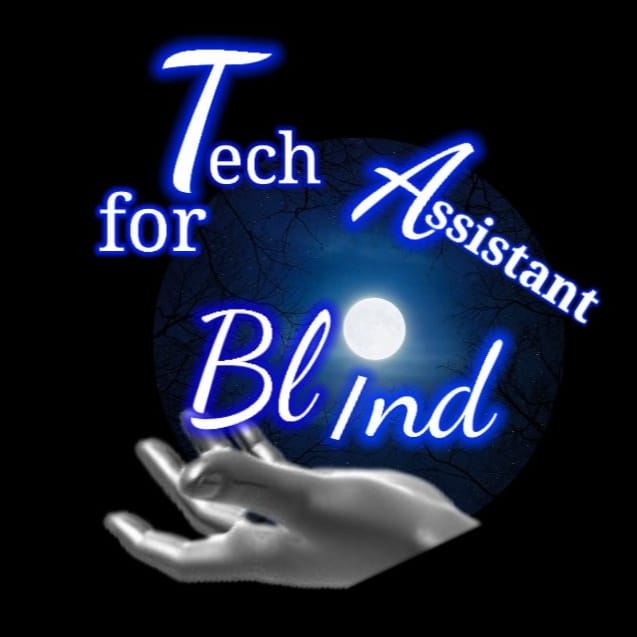Last Updated on
February 26, 2025
Written by
Tejas Kotadiya
The World Wide Web (WWW), or simply “the web,” has become an essential part of modern life. From browsing news and shopping online to connecting with friends and family across the globe, the web has transformed how we access information, communicate, and interact with the world. But how did this revolutionary technology come to be, and what impact has it had on society? Let’s take a look!
The Birth of the Web: A Vision of Shared Knowledge
The story of the World Wide Web begins in 1989 at CERN, the European Organization for Nuclear Research. It was there that a British scientist named Tim Berners-Lee invented the web. His vision was to create a system that would allow researchers around the world to easily share information and collaborate on projects.
To make this vision a reality, Berners-Lee developed three key technologies:
- Hypertext Markup Language (HTML): A language for creating web pages with formatted text, images, and other multimedia elements.
- Hypertext Transfer Protocol (HTTP): A protocol for transferring data between web servers and web browsers.
- Uniform Resource Locator (URL): A system for addressing and locating resources on the web.
In 1991, Berners-Lee released the World Wide Web software to the public, making it freely available for anyone to use and develop. This decision was crucial to the rapid growth and adoption of the web.
The Impact of the Web: Transforming Society
The World Wide Web has had a profound impact on nearly every aspect of society. Here are just a few examples:
- Information Access: The web has made it easier than ever to find information on virtually any topic. Search engines like Google have become essential tools for navigating the vast expanse of the web.
- Communication: Email, instant messaging, and social media platforms have revolutionized the way we communicate with each other. The web has made it possible to connect with people all over the world, regardless of geographical barriers.
- Commerce: E-commerce has transformed the retail industry, allowing businesses to sell their products and services to customers online. The web has also created new opportunities for small businesses and entrepreneurs.
- Education: Online learning platforms and educational resources have made education more accessible and affordable. The web has also enabled new forms of collaborative learning and knowledge sharing.
- Entertainment: Streaming services like Netflix and Spotify have changed the way we consume movies, music, and other forms of entertainment. The web has also given rise to new forms of digital art and creative expression.
The Future of the Web: What’s Next?
The World Wide Web continues to evolve at a rapid pace. New technologies like artificial intelligence, virtual reality, and the Internet of Things are poised to shape the future of the web in profound ways.
As the web becomes increasingly integrated into our lives, it is important to consider the ethical and social implications of this technology. Issues like privacy, security, and accessibility will need to be addressed to ensure that the web remains a force for good in the world.
Conclusion: A Transformative Technology
The World Wide Web has been a transformative technology that has changed the way we live, work, and interact with each other. From its humble beginnings at CERN to its current status as a global phenomenon, the web has come a long way. As we look to the future, it is clear that the web will continue to play a central role in shaping our world.


